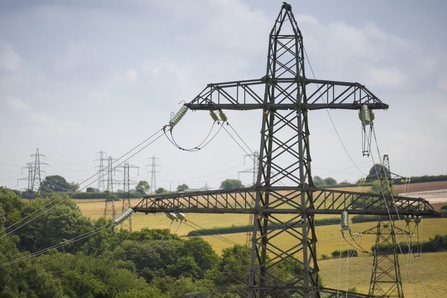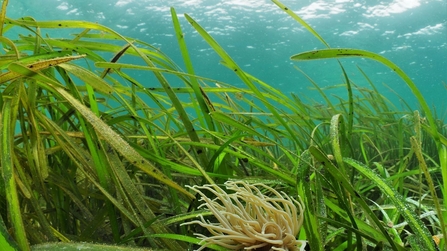Approx. 10 minute read
It is well known that the UK and the world face not only a climate crisis, but a biodiversity crisis – and the UK is one of the most nature-depleted countries in the world with 1 in 6 species at risk of extinction. The drive to deliver clean energy, reduce carbon emissions, and hit net zero targets, are key in combatting climate change – which is a major factor driving the biodiversity crisis. Therefore, the new Government’s energy policies must reflect the intrinsic links between climate and biodiversity by making nature recovery a core principle of new energy growth.
This is especially important for Suffolk, where continued work on the electricity grid - proposed to support the transition to renewable energy - threatens nature recovery.
We understand that to progress toward net zero, improvements to existing infrastructure or other upgrades are essential, and that East Anglia is well placed to deliver both solar and off-shore renewable energy. But our message remains clear; at both project and policy level, we must tackle the biodiversity crisis alongside the climate crisis, and we must protect and enhance Suffolk’s wildlife and wild places at the same time as decarbonising our energy supplies. This is why we are looking to ensure that impacts to biodiversity are properly avoided, minimised, mitigated and compensated for, as well as considerable enhancement provided – fitting with nationally significant projects.





